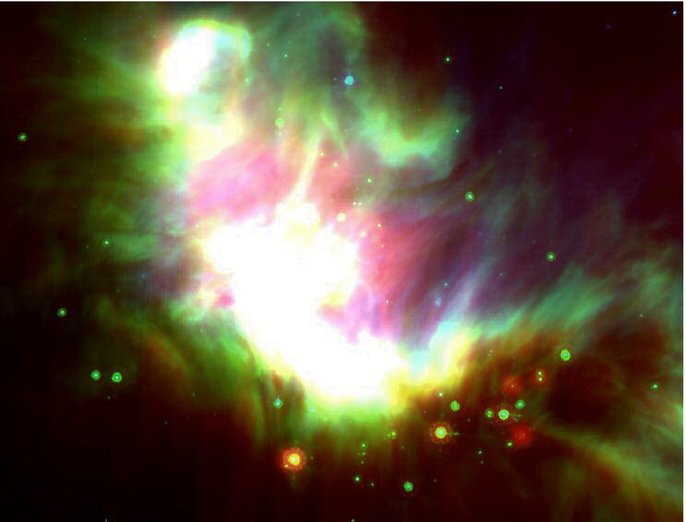
© UnknownSometime around now, scientists say, the Earth should be changing from a long interglacial period that has lasted the past 10,000 years and shifting back towards conditions that will ultimately lead to another ice age unless some other forces stop or slow it. But these are processes that literally move with glacial slowness, and due to greenhouse gas emissions the Earth has already warmed as much in about the past 200 years as it ordinarily might in several thousand years, Clark said.
A team of researchers says it has largely put to rest a long debate on the underlying mechanism that has caused periodic ice ages on Earth for the past 2.5 million years - they are ultimately linked to slight shifts in solar radiation caused by predictable changes in Earth's rotation and axis.
In a publication to be released Friday in the journal
Science, researchers from Oregon State University and other institutions conclude that the known wobbles in Earth's rotation caused global ice levels to reach their peak about 26,000 years ago, stabilize for 7,000 years and then begin melting 19,000 years ago, eventually bringing to an end the last ice age.
The melting was first caused by more solar radiation, not changes in carbon dioxide levels or ocean temperatures, as some scientists have suggested in recent years.
"Solar radiation was the trigger that started the ice melting, that's now pretty certain," said Peter Clark, a professor of geosciences at OSU. "There were also changes in atmospheric carbon dioxide levels and ocean circulation, but those happened later and amplified a process that had already begun."


